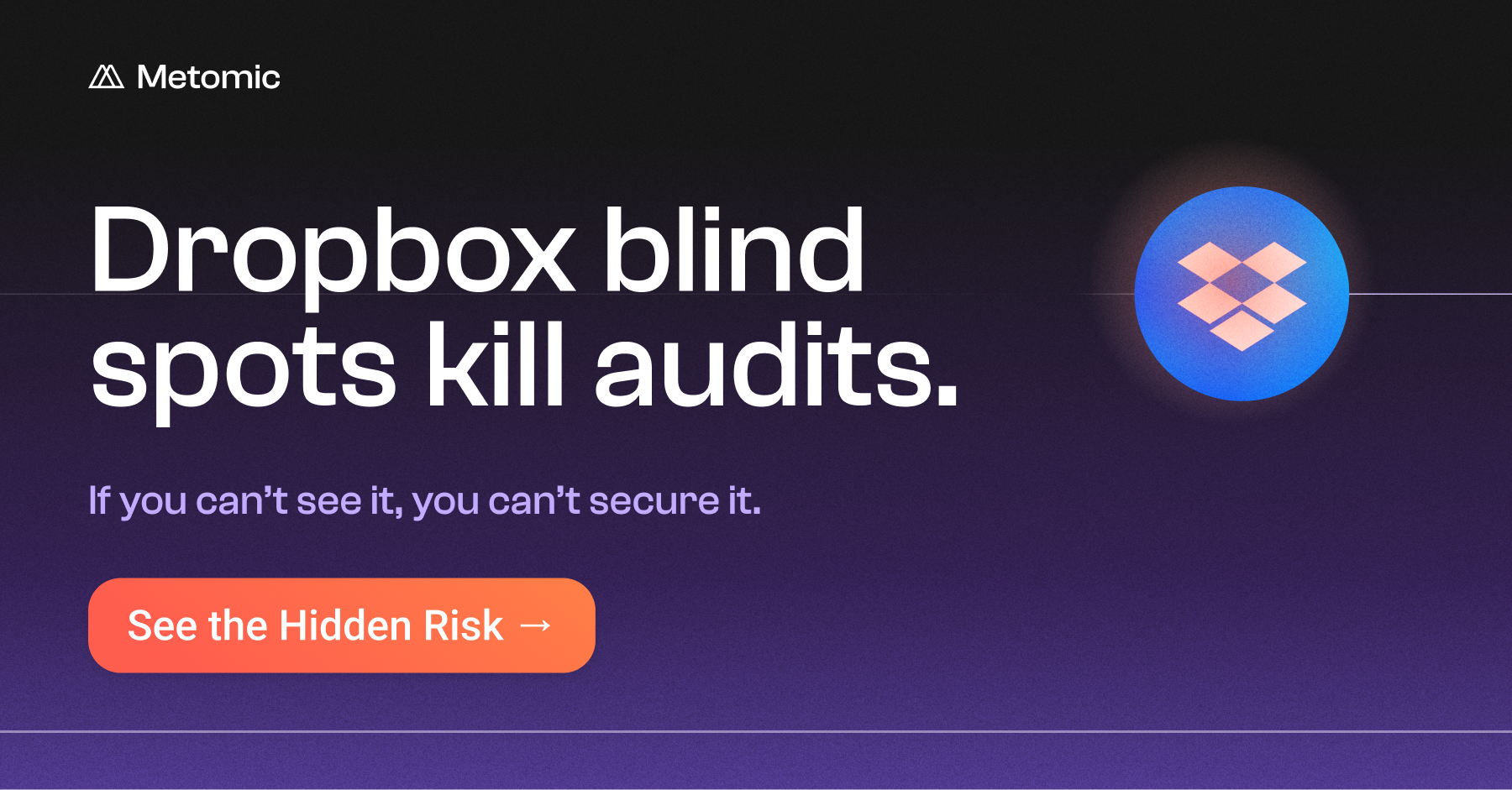FiDA, Open Finance, and the Hidden SaaS Risk No One’s Talking About
The EU’s FiDA expands open finance beyond payments. CISOs must prove visibility, control & audit evidence across SaaS sprawl to stay compliant.

The EU’s Financial Data Access Regulation (FiDA) is set to redefine how financial data is shared, secured, and governed. Think of it as open banking 2.0, only broader, deeper, and far more operationally complex. Most of the headlines focus on the big-ticket issues:
- Extending open banking into insurance, credit, and investments
- Liability frameworks between financial institutions and third parties
- The EU’s move to potentially exclude Big Tech from participating
Cutting through the noise
All of that matters. But for CISOs and their teams, the real challenge won’t just be securing APIs or drafting liability clauses. It will be proving - to regulators, auditors, and customers - that financial data is controlled and accounted for even after it leaves your core systems.
The headlines focus on banks, APIs, and Big Tech exclusion, but the operational reality is simpler, and harsher
CISOs will need to prove where financial data went, who touched it, and whether controls actually held.
What FiDA really means for CISOs
Unlike PSD2, FiDA extends beyond payments into credit, insurance, and investments. That scope brings concrete expectations CISOs can’t delegate away:
Consent & scope limitation
- FiDA requires that data access is tied to explicit, granular consent from the customer. Under Article 5 (Obligations of data holders)[1], only the specific datasets a customer has permitted can be shared. And under Article 7 (Permission dashboard), customers must be able to see, adjust, and revoke those permissions. For CISOs, that means having mechanisms in place to enforce and demonstrate this scoping every time, not relying on broad “terms and conditions.”
Strong controls & evidence
- Encryption and access policies are table stakes. Under Articles 29–30, regulators expect detailed audit trails of who accessed what, monitoring to detect anomalies, and logs proving that obligations like breach notifications were met. It’s not about what’s written in your policy; you’ll have to demonstrate operational proof you can hand to an auditor.
Liability clarity
- FiDA is explicit about who carries liability in case of misuse or breach. That makes your audit evidence more than an internal safeguard, it could determine who pays in a regulatory dispute. CISOs will be expected to produce logs that stand up in court, showing controls were not just designed but consistently enforced.
Regulators won’t stop at asking how banks secured APIs. They’ll want to know how you controlled financial data once it left the “regulated” perimeter, in Slack, in Google Drive, in Notion, and all other tools.
The overlooked risk: SaaS data sprawl
In practice, financial data doesn’t stay locked in core banking systems. It seeps into SaaS:
- Product specs with account data in Notion.
- CSVs exported into Dropbox.
- Credit snapshots sitting in Google Drive or SharePoint
By the time regulators come calling, that data may exist in half a dozen collaboration tools, with duplicated versions and little centralized oversight. Under FiDA, that sprawl isn’t just messy, it’s auditable liability.
Where Metomic fits
Metomic covers the shadow SaaS layer that regulators will inevitably scrutinize:
- Visibility: Map where financial and customer data has spread across SaaS.
- Classification: Tag that data in real time so it isn’t invisible to your team.
- Policy enforcement: Block “Highly Confidential” exports being dropped into Slack or fed into an AI tool without guardrails.
- User engagement: Coach employees in the moment when they mishandle data, turning mistakes into teachable moments.
- Audit evidence: Produce logs that show regulators you didn’t just say you had controls; you can prove it.
And critically: Metomic reduces wasted cycles. By automating triage and consolidating controls across collaboration tools, CISOs spend less time firefighting and more time on strategy.
The strategic takeaway
FiDA is going to raise the bar for financial data governance. Yes, the headlines are about APIs and liability frameworks. But the real operational pressure will fall on CISOs to prove control of data everywhere it flows.
In practice FiDA will surface every weak link in your data governance chain.
CISOs who can demonstrate visibility, control, and auditable evidence across the SaaS sprawl won’t just survive the first wave of FiDA, they’ll be ahead of peers.
If you want to see what your SaaS sprawl looks like today, before auditors or regulators ask, book a session with Metomic.





.jpg)